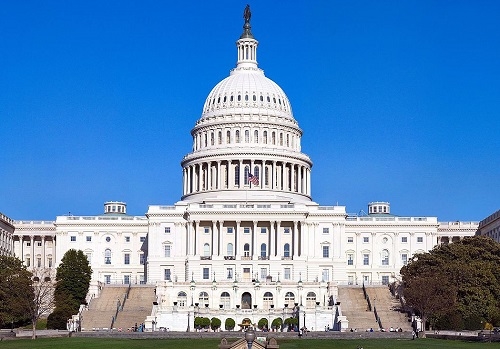Pension scheme de-risking set to rebound

Willis Towers Watson (WTW) has
predicted that over £30bn ($36.8bn) of UK defined benefit (DB) pension scheme
liabilities will be insured in 2017, through buy-ins, buyouts and longevity
swaps.
This
represents a strong rebound, following a substantial dip during the last two
years to £18bn in 2015 and just £11bn in 2016, towards the £39bn of activity
observed in 2014.
Strong
insurer pipelines, greater engagement from smaller schemes and improved buy-in
affordability are some of the key developments it expects to feature in 2017.
Shelly Beard, a director in WTW’s de-risking team, said: “Relative to the preceding 18 months,
the second half of 2016 saw a marked increase in the value available in the
bulk annuity markets.” She anticipates 2017 to start from “a very healthy
position in terms of appetite and deal pipelines”.
In addition
to schemes considering de-risking strategies for the first time, she expects that
many others that undertook buy-in transactions over the past few years will
return to the market to further de-risk.
WTW is not
the first to predict a return of buyout business. JLT Employee Benefits (JLT)
announced that de-risking was bouncing back after an
extremely slow first half of 2016, as reported by Global Investor in
late December. While market conditions had been challenging all year there was
a “flurry of late deals closing this quarter,” according to Ruth Ward, senior
consultant at JLT, at the time.
Back book
competition
The low of
2016 resulted from several factors including insurers allowing for the
bedding-in of Solvency II and events such as the Brexit referendum causing
uncertainty across the market, according to WTW.
Some insurers
were also distracted from new pension transactions by taking on so-called back
book business, buying business from other insurers looking to offload historic
bulk and individual annuity business.
While this
trend has probably peaked a number of insurers are still looking to transfer historic
business. This was the case in 2016 when AEGON transferred £9bn of liabilities
to Rothesay Life and Legal & General.
“We expect
that this element of the market may distract some of the buy-in providers at
various points in the year,” said Beard. However, she noted that some insurers
may offer more attractive pricing opportunities “if they have been left
disappointed after missing out on attractive back books”.
Longevity reinsurance
An important
component of de-risking is removing longevity risk, the potential for increased
cost if pension scheme members living longer than expected. Both pension
schemes and insurers can seek to pass this risk to reinsurance firms.
In 2016 business from insurers crowded out pension schemes looking to remove longevity risk directly.
In 2016 £9bn of DB liabilities were hedged through approximately
100 bulk annuities while only £2bn of longevity risk was passed by DB schemes
into the reinsurance market. By comparison, in 2015 £12.3bn across 175 bulk
annuity deals and £6bn of longevity swaps.
“In the second half of 2015 and 2016, the longevity reinsurance market was dominated by insurers transferring the longevity risk associated with their new and existing bulk annuities,” said Beard.
"In 2017 we expect reinsurers’ focus to return to the pensions market and for competitive pricing to be available."
Found this useful?
Take a complimentary trial of the FOW Marketing Intelligence Platform – the comprehensive source of news and analysis across the buy- and sell- side.
Gain access to:
- A single source of in-depth news, insight and analysis across Asset Management, Securities Finance, Custody, Fund Services and Derivatives
- Our interactive database, optimized to enable you to summarise data and build graphs outlining market activity
- Exclusive whitepapers, supplements and industry analysis curated and published by Futures & Options World
- Breaking news, daily and weekly alerts on the markets most relevant to you



